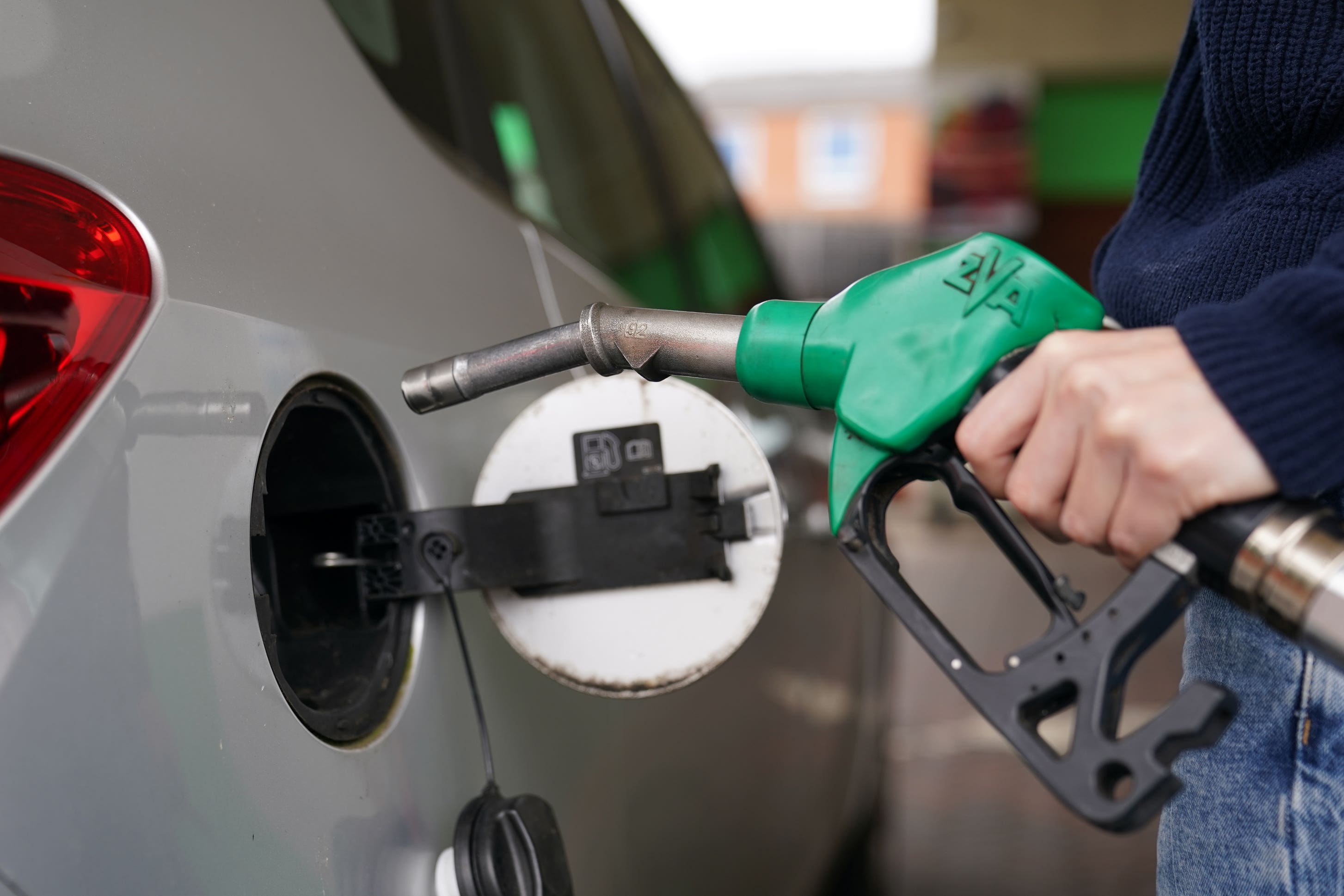High fuel margins ‘concerning’, competition watchdog finds
Retailers’ fuel margins – the difference between what they pay for their fuel and the price they sell it at – remain at high levels, the CMA said.

Your support helps us to tell the story
From reproductive rights to climate change to Big Tech, The Independent is on the ground when the story is developing. Whether it's investigating the financials of Elon Musk's pro-Trump PAC or producing our latest documentary, 'The A Word', which shines a light on the American women fighting for reproductive rights, we know how important it is to parse out the facts from the messaging.
At such a critical moment in US history, we need reporters on the ground. Your donation allows us to keep sending journalists to speak to both sides of the story.
The Independent is trusted by Americans across the entire political spectrum. And unlike many other quality news outlets, we choose not to lock Americans out of our reporting and analysis with paywalls. We believe quality journalism should be available to everyone, paid for by those who can afford it.
Your support makes all the difference.Ongoing high fuel margins are “concerning” and “not a good sign for drivers”, the competition watchdog has said.
Retailers’ fuel margins – the difference between what they pay for their fuel and the price they sell it at – remain at the high levels seen during the Competition and Market Authority’s (CMA) market study in 2022, it said.
Supermarkets recorded margins of 4% in 2017, which increased to 7.6% in 2022 and 7.8% in 2023, it found.
For other retailers, margins were 6.4% in 2017, increasing to 7.3% in 2022 and 9.1% in 2023.
Fuel margin figures for 2023 are based on the calendar year, as the financial year is ongoing, while other annual figures are based on the financial year, meaning the comparison is not like-for-like, but the CMA said its latest findings gave a “strong indication of competition issues” in the sector.
It said the sustained increase in the level of fuel margins was “concerning”, while a key finding of its market study – that overall competition had weakened in the road fuel retail market – remained “valid”.
The report covers fuel prices at the pump from the end of October last year to the end of February this year.
From late October to late January, petrol prices fell by approximately 14 pence per litre (ppl), to 139.39 ppl, but between January and late February fuel prices had edged up by around 5ppl to 144.73 ppl.
The price of diesel also fell 14ppl to 147.93ppl between late October to late January, but had risen by more than 6ppl to 154.53ppl between January and late February, driven in part by global factors such as changing crude oil prices.
The CMA also looked at the retail spread – the average price that drivers pay at the pump compared to the benchmarked price that retailers buy fuel at – from November 2023 to the end of February 2024, finding that this was above the long-term average of 5-10ppl, with petrol averaging 15.2ppl and diesel averaging 15.15ppl from November to February.
This is an increase on the CMA’s previous report, which covered the period of May to end-October, where the average spread was 12.3ppl for both petrol and diesel.
Dan Turnbull, senior director of markets at the CMA, said: “Drivers are feeling the pinch as fuel prices have been edging up since January. We’re particularly concerned by high margins which indicate weakened competition and are not a good sign for drivers.
“Today’s report reinforces the need for Pumpwatch and statutory powers to be in place as soon as possible, to ensure competition is effective in this market and to get a better deal for UK drivers.”
RAC head of policy Simon Williams said: “We have long flagged the problem of some retailers inflating their margins on fuel, which has been to the severe detriment of drivers who are already having to cope with wider spiralling motoring-related costs.
“It’s extremely encouraging to see the Competition and Markets Authority keeping a close eye on this as it should make retailers think twice about upping their margins.
“We have recently provided our recommendations on what the fuel price monitoring function should track to best benefit drivers every time they fill up. We now need to ensure that this once-in-a-generation opportunity of guaranteeing fairer fuel prices isn’t missed.”